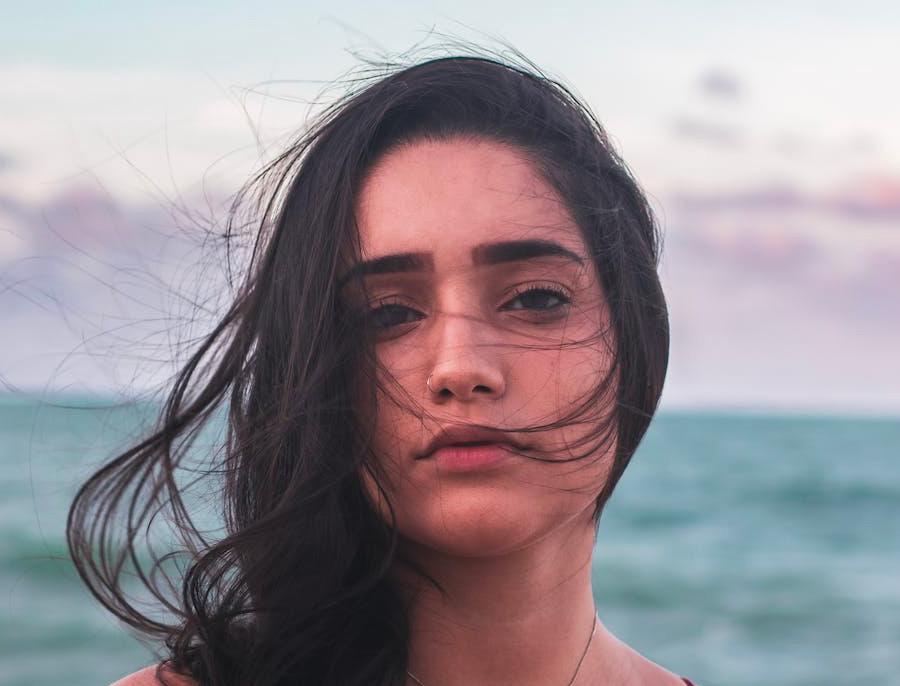
Here’s a fun fact to begin with, snow is a super reflector of sunlight so this means that when surrounded by snow with sunlight above; you just do not get hit by the rays but also by the UV from all directions. In consideration to this, it goes unsaid how the sun can affect your skin even in a cold atmosphere.
Most people like to stay in a comfortable bubble believing that the sun or the UV cannot get to you in winters. However, UV is still there to stay and come around even on the days the sun does not shine. The sun has different ways to send energy to the Earth; one being through the visible light, second being through the infrared radiation you may feel as heat and the last one being in the form of UV rays that are not seen or felt by us. While a lot of protection is provided from the Earth’s end from the UV rays but yet some of them manage to sneak in and this is why you need to be protected at all times with sun being present or not!
To understand how a sunburn develops, we shall go back to knowing what initiates the entire procedure that is UV rays. UV rays are broadly of three types – UVA, UVB, and UVC. UVA touches the Earth’s surface and Earth does shield us a lot from it but not completely. Any exposure to UVA can ramp up the skin aging process, cause eye damage and inhibit our body’s ability to fight off illness. Moving onto UVB, it is a major culprit in causing sun damage, skin cancer, and snow blindness which is a type of sunburn caused in the cornea leading to temporary loss of vision. UVC, lastly, is the sophisticated one! It does not reach the Earth’s surface because it completely gets absorbed by the atmosphere, therefore, any harm done by UVC is rare and minimal.
UVB is the superficial of them all and majorly causes sunburns . UVA penetrates deep into the layers of our skin and causes sun damage over time while UVB on the other hand is quick to prevail over skin. UVB rays are also stronger because even on cloudy days, they can work their effect and cause sunburns. Sunburn is a sign that our DNA has already been damaged by the UVB rays increasing the risk of skin cancer in the long run.
So to conclude, sunburn is caused when our DNA is damaged in the cells and it takes an average of 20 minutes of constant UVB exposure to form it. But owing to our thorough research, we found that there is a high chance of developing sunburns on people with fairer skin type. People consisting of dark pigments called melanin on the skin are able to naturally block the radiation and minimize the damage to DNA. And so the group of people that have higher melanin count organically makes the color of their skin dark are less prone to UVB destruction. But that does not mean they can skip on using protection from the sun; sun care is for all!
Many beauty trends may come strongly and fade away in no time but sun-safety is what remains constant of them all. In order to prevent worsening of the skin due to the sun, here are some tips from our end for you to take note of and religiously follow to minimize any damage that can possibly take place!
The importance of this one-step in a skincare routine is unspokenly immense.Choose a broad spectrum SPF with at least 15 or more value. Anything below 15 is a waste of your money, time and effort. Irrespective of the season or time of the day, you must incorporate SPF at all times without a second thought. Spread the SPF liberally to all the areas of your exposed skin; face,neck, or hands be it!
To make it more effective to your skin concerns, you can consider choosing a SPF that has a blend of organic ingredients that will also promote other skin benefits rather than just sun protection. Natural ingredients such as carrot extract or liquorice not only are a great source of protectants but they also prevent shaping up any kind of dark spots or tan.
It can hold you by the neck in warmer temperatures but full sleeves upper wear and other accessories such as hats or glasses are a smooth ride in colder temperatures. Whenever the sun is sharp and shining, try to cover your skin as much as you can. Protective clothing acts like a shield and directs the sun rays elsewhere, thereby, preventing them from being in touch with your skin directly.
The fashion trends are anyway witnessing a truckload of larger than earth-round hats and equivalent to face sized glasses so there exists a plethora of variety for you to try on!
We have been told to soak the sun for all that Vitamin D and then we are also told to prevent sunlight consumption. Definitely, the sun does render some exciting benefits but it is only during a limited period of time in a day. Usually the sun that shines between 7:30AM to 8:30AM is the one that is the most advantageous. Sitting in the sun early in the morning has the maximum potential to strengthen your body internally and work towards the better of it.
However, the sharp sun that is there between 10AM to 2PM is when it omits utmost heat. The sun rays are super intense during this time of the day, summer or winters be it, and so this is when you need to be precautious. Reapply sunscreen after every 2 hours if you are constantly out in the sun and make sure that you are covered enough for it to get to you!